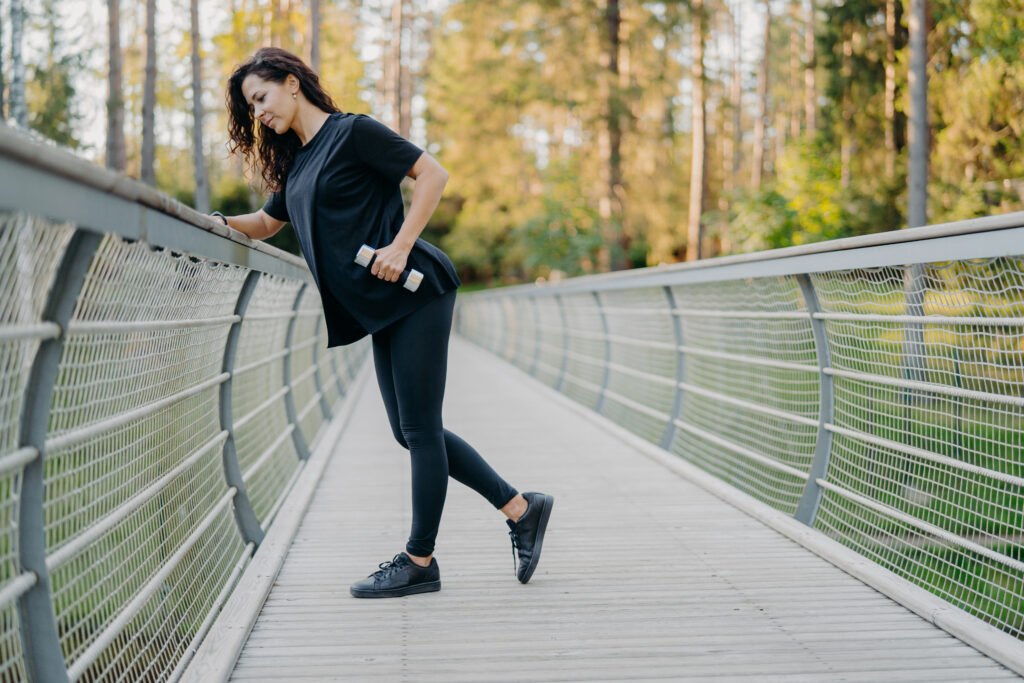Scoliosis, a condition characterized by an abnormal curvature of the spine, has been a subject of extensive research and treatment exploration. One avenue that has gained significant attention is exercise based scoliosis care. In this article, we will delve into the wealth of research conducted on on Exercise Based Scoliosis Care, exploring its origins, global trends, and the promising outcomes associated with exercise treatments for scoliosis.
The Global Landscape of Scoliosis Research
European Pioneers: Italy, Germany, France, and Spain
The heart of exercise based scoliosis care research beats prominently in Europe. Countries such as Italy, Germany, France, and Spain have been at the forefront of investigating the effectiveness of exercise interventions for scoliosis. These nations have dedicated resources and expertise to delve into the nuances of tailored exercise regimens, seeking ways to address the complexities of scoliotic conditions.
Research emanating from Italy, in particular, has been prolific. Italian scholars have explored various aspects of exercise treatments, from understanding the biomechanics involved to assessing long-term outcomes. This commitment to thorough investigation has paved the way for a more nuanced understanding of how targeted exercises can positively impact scoliosis.
Eastern Prominence: Japan, Korea, and China
In Asia, particularly in Japan, Korea, and China, substantial research has contributed to the global discourse on exercise based scoliosis care. Researchers in these countries have sought to uncover the cultural and physiological factors that may influence the efficacy of exercise interventions. The diverse perspectives emerging from Asia enrich the overall body of knowledge on scoliosis treatment, highlighting the need for customized approaches that resonate with individual patients.
North American Insights: USA and Western Canada
North America has also made significant strides in scoliosis research, with the United States and western Canada emerging as key players in this field. Researchers in these regions have explored the multifaceted nature of scoliosis, considering factors such as genetic predisposition, lifestyle, and environmental influences. The findings contribute to a holistic understanding of the condition and underscore the importance of a comprehensive approach that includes exercise-based interventions.
Google Scholar: A Gateway to Scoliosis Research
One noteworthy tool for accessing a treasure trove of scoliosis research is Google Scholar. This specialized search engine allows users to explore scholarly articles, conference papers, and patents. The transcript highlights the overwhelming abundance of research available through Google Scholar by simply entering the keywords “scoliosis exercise.”
Navigating Google Scholar for Scoliosis Research
- Accessing Google Scholar: To embark on a journey through scoliosis research, visit Google Scholar at scholar.google.com.
- Keyword Entry: Type “scoliosis exercise” into the search bar. This simple query opens the floodgates to a vast array of scholarly articles dedicated to exercise-based scoliosis care.
- International Insights: Google Scholar facilitates the exploration of research from around the globe. Whether it’s the latest developments in Italy, groundbreaking studies in Japan, or pioneering work in the United States, this platform provides a comprehensive overview of the global efforts dedicated to understanding and treating scoliosis through exercise.

Categorical Evidence: Exercise Treatment for Scoliosis
The research overwhelmingly supports exercise treatment for scoliosis, provided it adheres to specific guidelines and is customized to the individual. This categorical evidence underscores the potential of exercise-based interventions in achieving excellent results for those affected by scoliosis.
Customization is Key
The success of exercise-based scoliosis care hinges on tailoring interventions to the unique characteristics of each individual. No two cases of scoliosis are identical, necessitating a personalized approach that considers factors such as the degree of curvature, age, and overall health. Research consistently highlights the importance of customization in optimizing outcomes.
Specificity in Exercise Protocols
Not all exercises are created equal when it comes to scoliosis care. Research has delved into the specifics of exercise protocols, examining the biomechanics involved and the targeted muscle groups. Understanding the nuances of these protocols ensures that interventions are not only effective but also safe for individuals with scoliosis.
Long-Term Benefits
One compelling aspect of exercise based scoliosis care is its potential for long-term benefits. Research has tracked patients over extended periods, revealing sustained improvements in spinal curvature and overall quality of life. This long-term perspective is crucial in establishing the enduring impact of exercise interventions in managing scoliosis.
A Robust Foundation for Exercise Based Scoliosis Care
In conclusion, the question posed—Is There Research on Exercise Based Scoliosis Care?—receives an emphatic affirmative response. The global research landscape, as highlighted, is teeming with evidence supporting the efficacy of exercise interventions in scoliosis management. From Europe to Asia, North America to the innovative realms of Google Scholar, the depth and breadth of research paint a picture of a robust foundation for advancing exercise-based scoliosis care.
As we navigate the ever-expanding realm of scoliosis research, it becomes increasingly clear that exercise-based interventions, when tailored to the individual and executed with precision, hold immense promise in shaping a brighter future for those affected by scoliosis.
Also read: How Should Children with Scoliosis Carry their Backpacks?
About:
Dr. Strauss is the director of the Hudson Valley Scoliosis Correction Center in New York. He has been actively engaged in scoliosis treatment for the past 30 years and has authored two books on the subject, Your Child Has Scoliosis and The Truth About Adult Scoliosis.
He is Vice President of the CLEAR Scoliosis Institute and a lecturer for their introductory and advanced workshops. He is certified in scoliosis bracing and in the use of scoliosis specific exercises. Dr. Strauss is a graduate of the ISICO World Masters of Scoliosis.His postgraduate studies also include a Masters Degree in Acupuncture as well as training in Grostic, Pettibon, CBP, Clinical Nutrition, Chinese Herbal Medicine, Manipulation under Anesthesia, and Electrodiagnosis.
His scoliosis practice has treated patients from 25 states and 32 other foreign countries.If you have questions about childhood and adult scoliosis and how it can be successfully treated without surgery subscribe to our channel!
